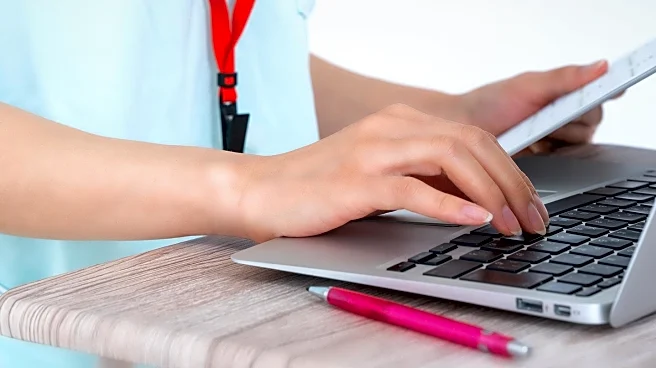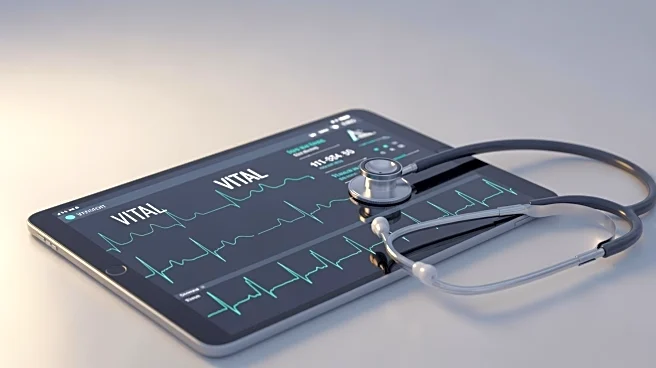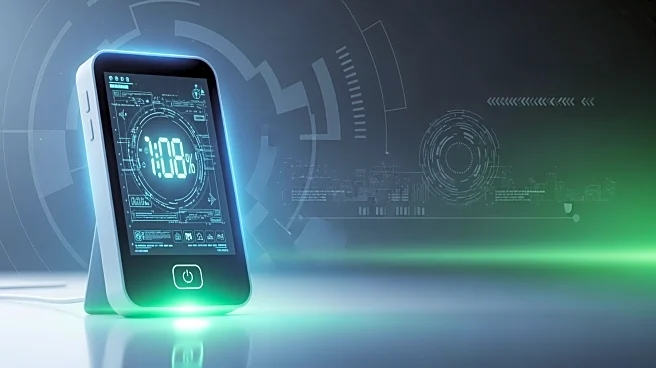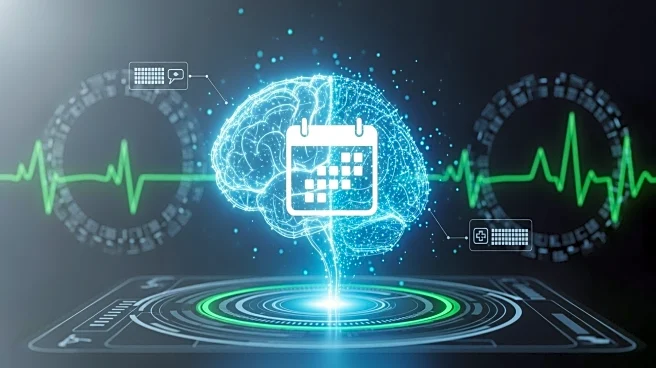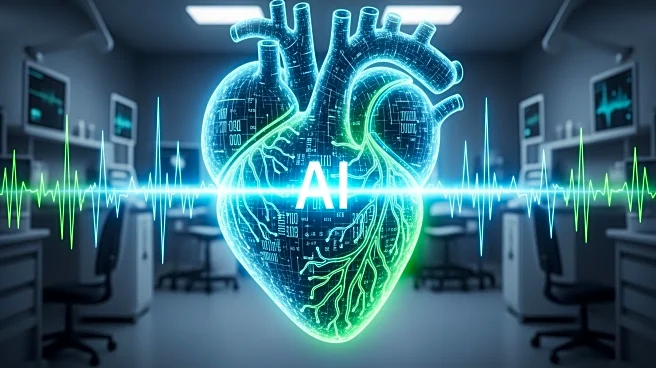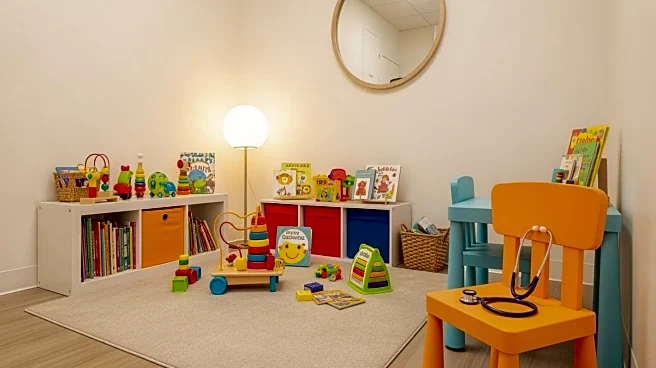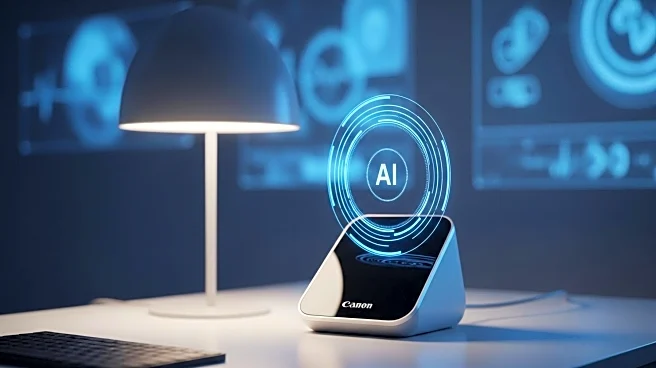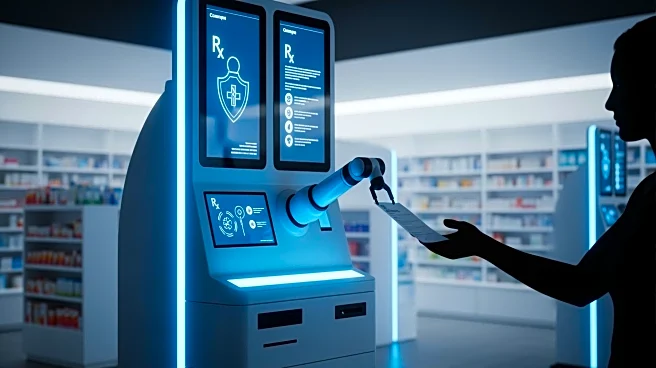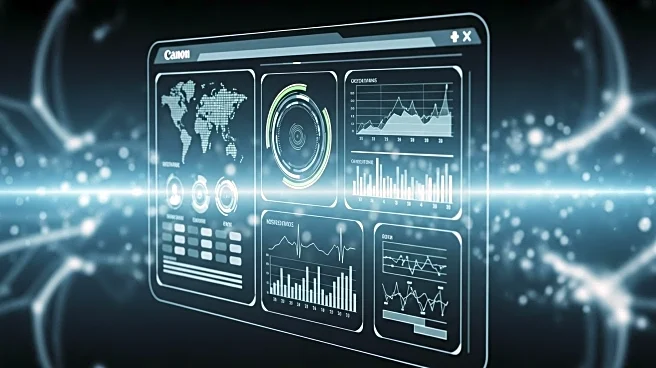What's Happening?
Remote patient monitoring (RPM) is increasingly being used to reduce hospital readmissions by enabling real-time tracking of patients' vital signs from home. This technology is particularly beneficial for individuals with chronic conditions such as heart
disease, COPD, diabetes, and asthma. RPM utilizes medical devices like glucose meters and blood pressure monitors to detect abnormalities early, allowing healthcare professionals to intervene promptly. Studies have shown significant reductions in readmission rates, highlighting RPM's effectiveness in managing chronic diseases.
Why It's Important?
The adoption of RPM technology is crucial in addressing hospital overcrowding and improving patient outcomes. By reducing the need for hospital readmissions, RPM alleviates the burden on healthcare facilities, allowing them to operate more efficiently. Patients benefit from continuous monitoring and personalized care plans, which enhance their engagement and adherence to treatment. The technology also supports healthcare providers in delivering proactive care, ultimately leading to better health management and reduced healthcare costs.
What's Next?
As RPM technology continues to evolve, its integration into healthcare systems is expected to expand. Future developments may include enhanced AI capabilities for more accurate data analysis and prediction of health deterioration. The market for RPM is projected to grow significantly, driven by increasing demand for remote healthcare solutions. Healthcare providers may need to adapt their practices to incorporate RPM, ensuring they can effectively manage patient care remotely.
Beyond the Headlines
The widespread use of RPM raises questions about data privacy and security, as sensitive health information is transmitted electronically. Ensuring robust cybersecurity measures and patient consent protocols will be essential to protect patient data and maintain trust in remote healthcare solutions.
